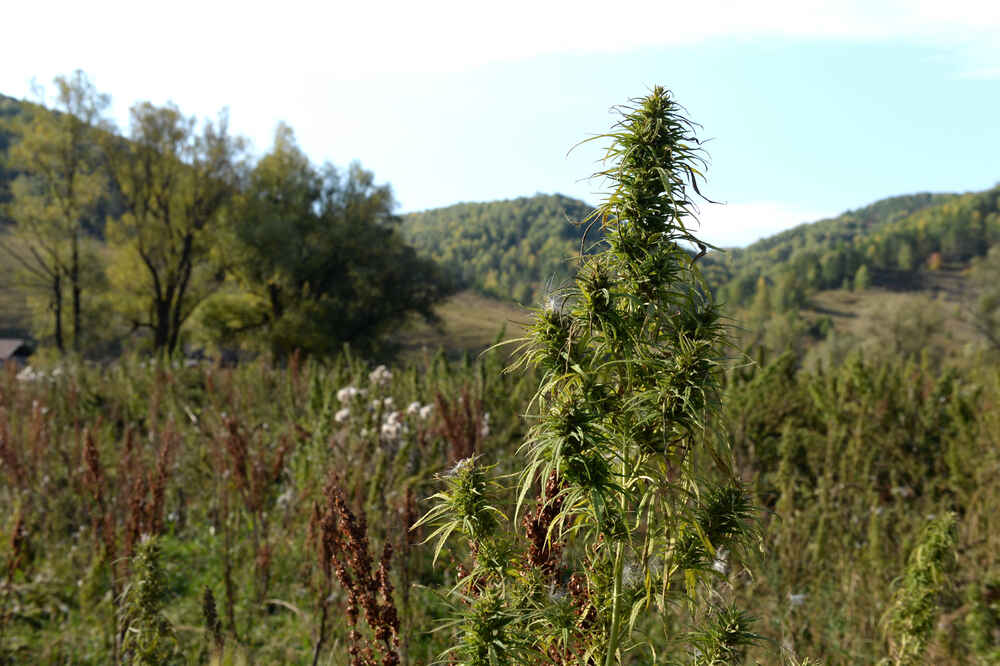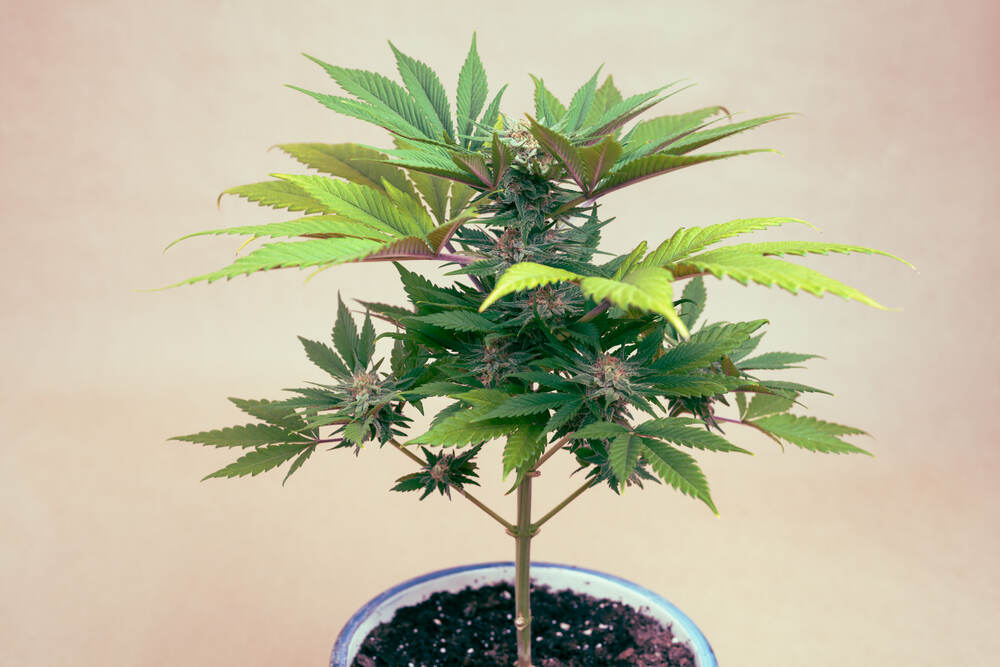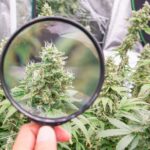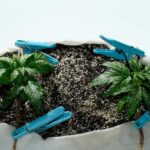The Best Fluffy Pancakes recipe you will fall in love with. Full of tips and tricks to help you make the best pancakes.

How Are Autoflower Seeds Created?
If you’ve ever grown cannabis and wanted to skip the whole light schedule drama, autoflower seeds are your new best friend. These types of cannabis seeds grow fast, don’t depend on photoperiods, and usually finish in about 8 to 12 weeks. But how do these miracle beans come to be? Well, it’s not magic—it’s breeding. In fact, creating high-quality autoflower seeds is a genetic balancing act that requires skill, patience, and the right selection of parent plants. As a cannabis breeder myself, I’ve spent years fine-tuning autoflower lines, working with Ruderalis genetics, and stabilizing traits through careful crossbreeding. In this article, I’ll walk you through exactly how autoflower seeds are created, starting with their genetic roots and ending with the challenges, benefits, and why they’re worth the extra cash.
Origins of Autoflower Genetics
Ruderalis: the natural autoflower trait
Autoflowering cannabis starts with Cannabis ruderalis. This subspecies grows wild in places like Russia, Mongolia, and Central Asia, where the summers are short and harsh. Ruderalis is genetically wired to flower based on age—not light. That means no 12/12 light flip needed. It just grows, matures, and flowers automatically.
Ruderalis isn’t known for high THC, big buds, or killer terp profiles. In fact, wild Ruderalis is more like a scraggly weed than the showy photoperiod strains you’re used to. But what it does bring to the table is its autoflowering gene—and that’s the golden ticket. When breeders like me want to create autoflower strains, we start with that gene and build from there.
Early hybrids like Lowryder and Finola ancestry
Back in the early 2000s, strains like Lowryder brought autoflowers into the mainstream. Lowryder was one of the first true hybrid lines where breeders successfully crossed Ruderalis with photoperiod strains and stabilized the autoflowering trait across generations.
Finola, an early Finnish hemp strain, also contributed to some early breeding projects. While not grown for its resin, Finola’s quick cycle and rugged genetics added resilience and speed to the gene pool. These early hybrids paved the way for the autoflower revolution, letting breeders combine the convenience of Ruderalis with the potency of Indica and Sativa lines.

The Breeding Process for Autoflower Seeds
Selecting parent plants: potent photoperiod and Ruderalis strains
To create autoflower seeds, you need two things:
- A solid Ruderalis plant with the autoflowering gene
- A photoperiod strain with the potency, flavor, or yield you’re looking for
I usually start with a female Ruderalis plant and a male photoperiod, or vice versa, depending on what traits I want to prioritize. I look for:
- Stability and health in both parents
- A photoperiod strain with dense buds, high THC/CBD, or standout terpenes
- A Ruderalis with consistent autoflower timing and decent vigor
This selection is where the real magic starts. The better your parent genetics, the better your F1 cross will be.
The first cross (F1 generation) and expression of autoflowering genes
When you cross Ruderalis with a photoperiod strain, the F1 generation is usually a mixed bag. Some plants autoflower, some don’t. This is because the autoflowering trait is recessive, meaning you need two copies of the gene for it to consistently express.
So in your F1 generation, you’re essentially observing which plants flower automatically and which ones still rely on light cycles. You keep the autoflowering individuals and discard the rest. From this point forward, every decision you make shapes the stability and quality of the final seed line.
Backcrossing into F2, selection and stabilizing traits
Once you’ve got a solid F1 autoflower, you start creating the F2 generation by either selfing (feminizing) or crossing two autoflowering F1s. At this point, I’m looking at:
- Growth uniformity
- Resin production
- Flower structure
- Time to flower
This generation is where you see a wider range of phenotypes. I tag every plant, record flowering times, and take detailed notes. The ones that meet my standards become breeding stock. I’ll backcross these to the parent I want to reinforce—usually the photoperiod strain—to bring out potency, terpene profiles, or bud structure while keeping the autoflower trait locked in.
Generations beyond (F3, F4, F5) and selfing to fix traits
By F3 and beyond, the goal is stability. I’m looking for lines that grow uniform, finish fast, and express autoflowering in 100% of offspring. If I’m working toward feminized seeds, I’ll start selfing using colloidal silver or STS on a strong female. That way, I avoid male genetics altogether and produce stable, uniform, feminized autoflower seeds.
It usually takes four to six generations to get to this point. Each generation brings me closer to a consistent phenotype, tighter internodal spacing, better cannabinoid expression, and reliable timing. I don’t rush this process—patience is key.
Seed Production Techniques
Regular pollination using male autoflower plants
Traditional breeding uses male plants to pollinate females. In this case, I’ll grow out male autoflowers and let them mature just like the females. Because autoflowers can’t be cloned (they start flowering based on age), timing is everything. I coordinate male and female development so that pollen drops when the females are ready to receive it.
I isolate males in a different tent or sealed room, collect pollen, and apply it to selected female branches using a paintbrush or cotton swab. After a few weeks, seeds form. I wait until the seeds are fully mature—usually about 6 weeks post-pollination—before harvesting.
Feminization via reversed females (colloidal silver or STS)
If you want all-female seeds, you’ll need to reverse a female plant. I use silver thiosulfate (STS) because it’s more effective than colloidal silver. I spray the plant daily during early veg. This blocks ethylene production and causes the female to grow pollen sacs instead of pistils.
These “male” pollen sacs produce viable pollen with only female chromosomes. When used to pollinate another female, the resulting seeds are 99% feminized. This technique is a must if you’re producing retail-ready seeds for growers who want no males.
Isolation and pollen collection best practices
Pollen is ridiculously light and can travel far. I always isolate my pollen donors and work in separate, sealed grow tents. I wear fresh clothes, use gloves, and avoid cross-contamination like the plague. Once I collect the pollen, I store it dry in airtight containers with silica packs in the freezer—it stays viable for months.
When applying pollen:
- Work in a still air environment
- Use a small brush for precise application
- Tag pollinated branches clearly
- Monitor seed development closely
Common Challenges in Autoflower Breeding
Trait instability in early generations (phenotype variation)
Early generations are messy. You’ll get short plants, tall ones, some that don’t autoflower at all. This is normal. Autoflowering is a recessive trait, and unless you’re tracking genetics carefully, you can easily lose it in the gene pool.
Stability is the result of multiple generations of selection. You’ve got to stick with the project and resist the urge to release seeds early. Test, test, and test again before calling a line “stable.”
Poor parent selection and insufficient backcrossing
If your parents aren’t dialed in, your seed line won’t be either. I’ve seen breeders rush a project using mid-tier genetics just to get a product out. That’s how you end up with autos that flower inconsistently or produce fluffy, airy buds.
Backcrossing—especially to reinforce photoperiod traits like resin production or density—is how you bring quality into an autoflower line without losing the automatic timing. Skipping this step is a shortcut that always backfires.
Lack of record‑keeping and rushing the process
One of the biggest mistakes I see? Not keeping notes. Breeding is science and art. I track flowering times, plant structure, leaf shape, trichome density, terpene aroma, and even yield estimates. Every generation is documented.
Rushing through generations, skipping phenotype hunting, or failing to test offspring—all of this leads to weak lines. Take your time and log everything.
Why Autoflower Seeds Cost More and Grow Fast
Time, resources, and requirement for multiple generations
Breeding autos isn’t easy or fast. Each generation takes about 10-12 weeks. If I’m doing 5 generations, that’s more than a year of work—plus lab testing, phenotyping, and stability trials.
The cost also comes from:
- Feminization process and supplies
- Environmental control for multiple generations
- Small batch selection and testing
- Labor-intensive pollen handling and isolation
You’re not just paying for seeds—you’re paying for the time, effort, and skill that went into making them consistent.
Short lifecycle advantage: ready in 8–12 weeks, multiple harvests
Autoflowers grow fast. From seed to harvest, most are done in under 80 days. That means:
- Faster turnaround for home growers
- More harvests per year outdoors
- Ideal for stealth or limited space grows
Because they flower based on age, you can run them 18/6 the whole way, no light flipping. This also helps keep things simple for beginners.
Compact, hardy plants ideal for stealth or beginner growers
Autoflowers tend to stay small—often under 3 feet—making them perfect for balconies, tents, or guerilla grows. They’re also hardier than photoperiods, thanks to their Ruderalis ancestry. I’ve seen them survive poor soil, low temps, and inconsistent light.
Here’s why beginners love them:
- No light cycle management
- Fast results
- Low profile and discreet
- Can still pull 2–4 oz per plant with good care

Conclusion
Creating autoflower seeds isn’t some off-the-shelf shortcut—it’s an intensive breeding process that takes real expertise and time. Starting from Ruderalis, selecting the right genetics, backcrossing for stability, and managing pollen and feminization—every step demands care and attention. But when done right, autoflowers offer a fast, reliable way to grow cannabis from seed to stash with minimal fuss. Whether you’re a grower looking to try your first auto or a breeder wanting to create your own, understanding how these seeds are made gives you a serious edge. Keep your genetics tight, stay patient, and grow smart.




